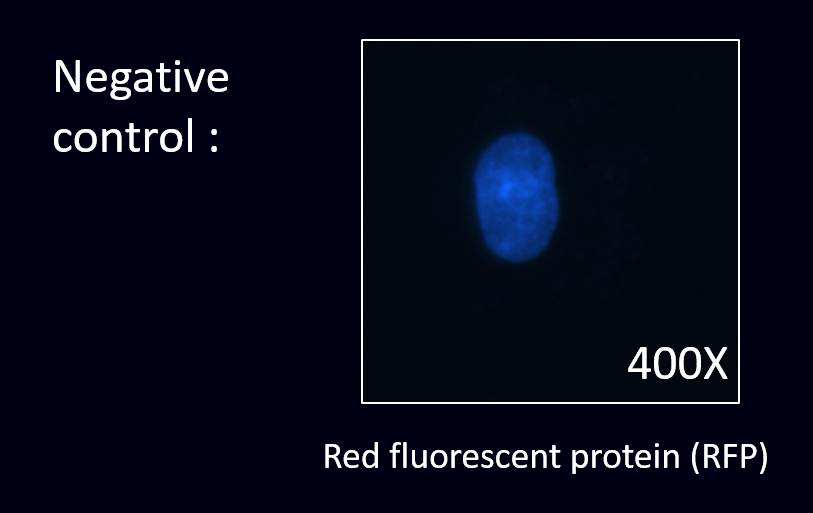Part:BBa_K1694044
Pcons+B0034+Lpp-OmpA-N+scFv(Anti-EGFR)+B0030+RFP+J61048
Introduction:
Transformation of single plasmid
To prove that our scFv can actually bind on to the antigens on carcinoma cells, we connected each scFv with a different fluorescent protein. Therefore, we can use fluorescent microscopes to clearly observe, if the E. coli has produced scFv proteins. Currently, we have built three different scFv connected with their respective fluorescent proteins, which are anti-VEGF+GFP, anti-EGFR+RFP, anti-HER2+BFP. The process of cell staining can identify the antigen distribution on cancer cells by observing the fluorescence. Furthermore, if we use the three scFv simultaneously, we can also detect multiple markers.
Introduction to basic parts:
Lpp-OmpA-N
Anti-EGFR
Experiment
1.Cloning
After we assemble the DNA sequences from the basic parts, we recombined each Pcons+B0034+Lpp-OmpA-N+scFv(anti-EGFR)+B0030+RFP+J61048 gene to pSB1C3 backbones and conducted PCR experiments to ensure the size of each of the parts. The DNA sequence length of the these parts are around 2000~2200 bp. For PCR experiments, the size of products should be approximately 2200~2400 bp. The Fig.2 below shows the correct size of this part, and proved that we successful ligated the sequence onto an ideal backbone.
2. Transformation of single plasmid
(1) Cell staining experiment:
After inserting a part of the scFv gene into our E. coli, we were going to prove that our detectors have successfully displayed a functional scFv of anti-EGFR. To prove this, we have decided to undergo the cell staining experiment by using our E. coli to detect the EGFR on the SKOV-3 cancer cell lines. SKOV-3 is a kind of epithelial cell that expressed markers such as EGFR.
(2) Staining results:
Modeling
In the modeling part, we discovered the optimum protein production time by using the genetic algorithm in Matlab.
We want to characterize the actual kinetics of this Hill-function based model that accurately reflects protein production time.
When we have the simulated protein production rate, the graph of protein production versus time can be drawn. Thus, we get the optimum protein production time
Compared with the simulated protein production rate of time, our experiment data quite fit the simulation.

Sequence and Features
- 10COMPATIBLE WITH RFC[10]
- 12INCOMPATIBLE WITH RFC[12]Illegal NheI site found at 7
Illegal NheI site found at 30 - 21COMPATIBLE WITH RFC[21]
- 23COMPATIBLE WITH RFC[23]
- 25INCOMPATIBLE WITH RFC[25]Illegal NgoMIV site found at 451
Illegal NgoMIV site found at 1987
Illegal AgeI site found at 1828
Illegal AgeI site found at 1940 - 1000COMPATIBLE WITH RFC[1000]
| None |






